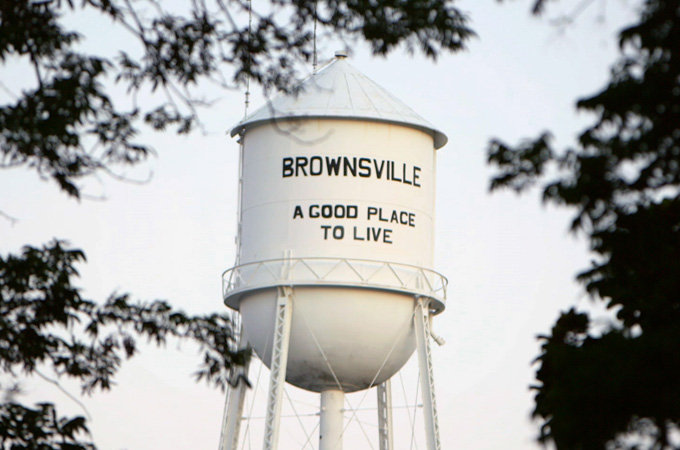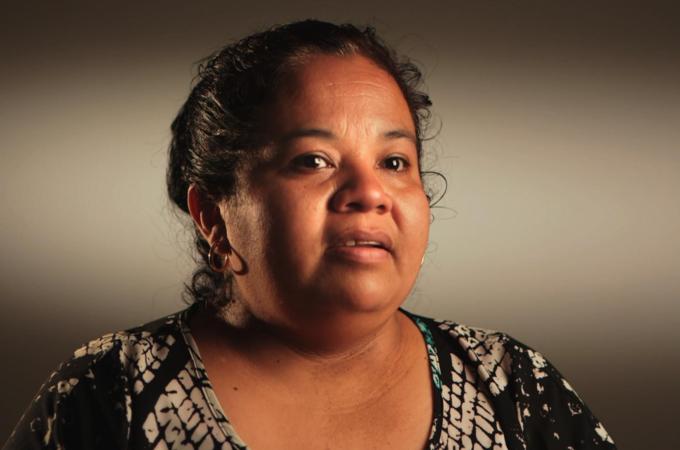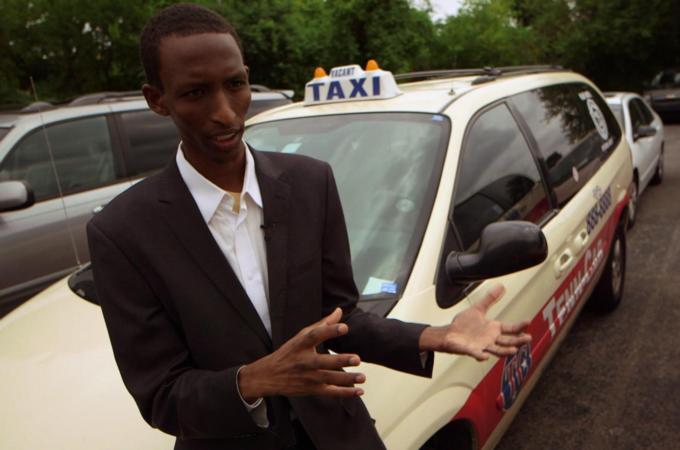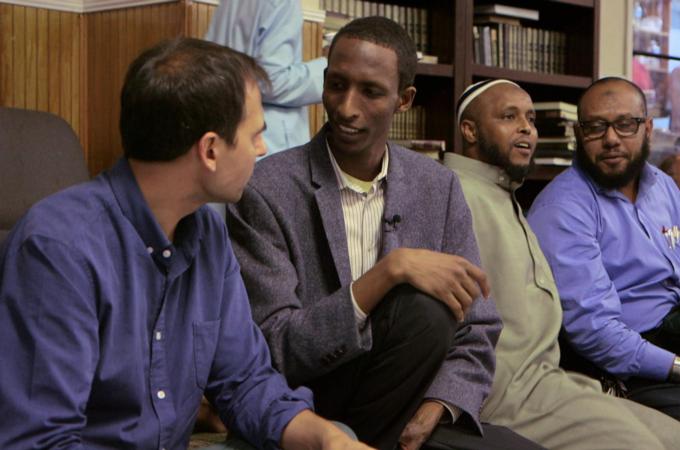
A Tale of Two Migrations
Through the story of one immigrant family, we explore the evolution of racism and migration in the US.
When Al Jazeera correspondent Adam Raney’s great-great grandfather left his German village in the 1870s, it was with the dream of making his fortune in America. He headed to a small, dusty cotton town in the Mississippi Delta – a young Jewish man in a post-Civil War South where freed slaves lived little better than they had for centuries before.
By following three generations of Adam’s family, A tale of two migrations: Chasing the American dream examines how policies and attitudes towards migrants and minorities have evolved in the decades since.
From the Filmmaker:
By Babak Behnam
“For centuries, people have left their homes and families to travel to a land where they believed the streets were paved with gold – or at least with opportunities that surpassed those in their homelands.
 |
|
|
I am the product of immigration. Actually, most Americans are. Each wave of migration comes with its own history of hardships. And each, it seems, has wanted to shut the door behind it. But there is something new in the American air right now.
Growing up in the United States, I was bombarded with stories about Mexicans illegally crossing the Rio Grande; coming to the US in order to take advantage of its generous welfare system and to steal American jobs.
“Stay away from the Hispanic neighbourhoods,” we were told by those who described Mexicans as drunks, thieves and trouble-makers.
In 1986, President Ronald Reagan signed an immigration reform bill into law. It was intended to stem the tide of illegal immigration from Mexico but the resources required to enforce it were never provided and most employers failed to check their workers’ documents. The housing boom of the late 1990s and early 2000s only increased the number of those coming to the US in search of work and a better life. News reports were full of images of people scurrying over the border, working in fields and on construction sites. But now, instead of sending their money home, they were sending for their families.
While making this film, I met Veronica, a Mexican immigrant who, despite encountering many obstacles, is well on her way to achieving the American dream. She works full time, has a house in the suburbs of Nashville and her eldest child is a junior in college – and all this without ever claiming government assistance.
One of the biggest misconceptions about undocumented immigrants is that they take advantage of federal government programmes. But, in reality, even documented migrants must wait for five years before being eligible to apply for any form of federal or state assistance.
Time and again while filming, we met people who conceded that they had broken the law while crossing into the US – but the vast majority had never done so again. They lived normal lives, patiently waiting for a time they hoped would come when they would no longer need to live in fear of deportation. They work among us and contribute to their communities but they have just about had enough of being branded criminals.
They are beginning to realise that while they may not be citizens, there is political power in numbers. And it is this that gives this nation of immigrants its edge.”
 |
|
Twelve years ago Veronica escaped a violent, abusive husband. She and her three sons fled Mexico City to make the dangerous journey across the border into the US [Al Jazeera] |
 |
|
Although Veronica can be thrown out of the country at any time, like millions of Americans she pays income tax and even has a mortgage [Al Jazeera] |
 |
|
Mohamed Shukri Hassan came to the US when he was 15. His family had lived in a Kenyan refugee camp for 10 years after fleeing Somalia’s civil war [Al Jazeera] |
 |
|
Mohamed realises that he and his community need to learn from the lessons of the past and start taking a new approach to the whole issue of integration [Al Jazeera] |